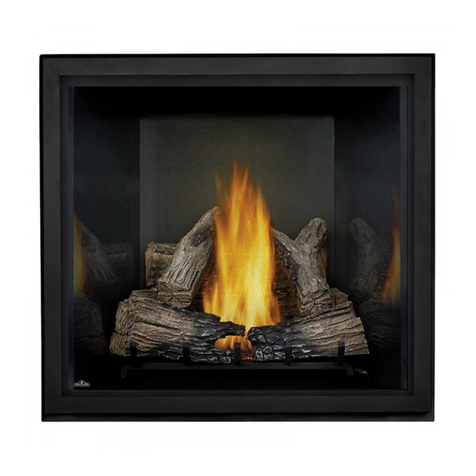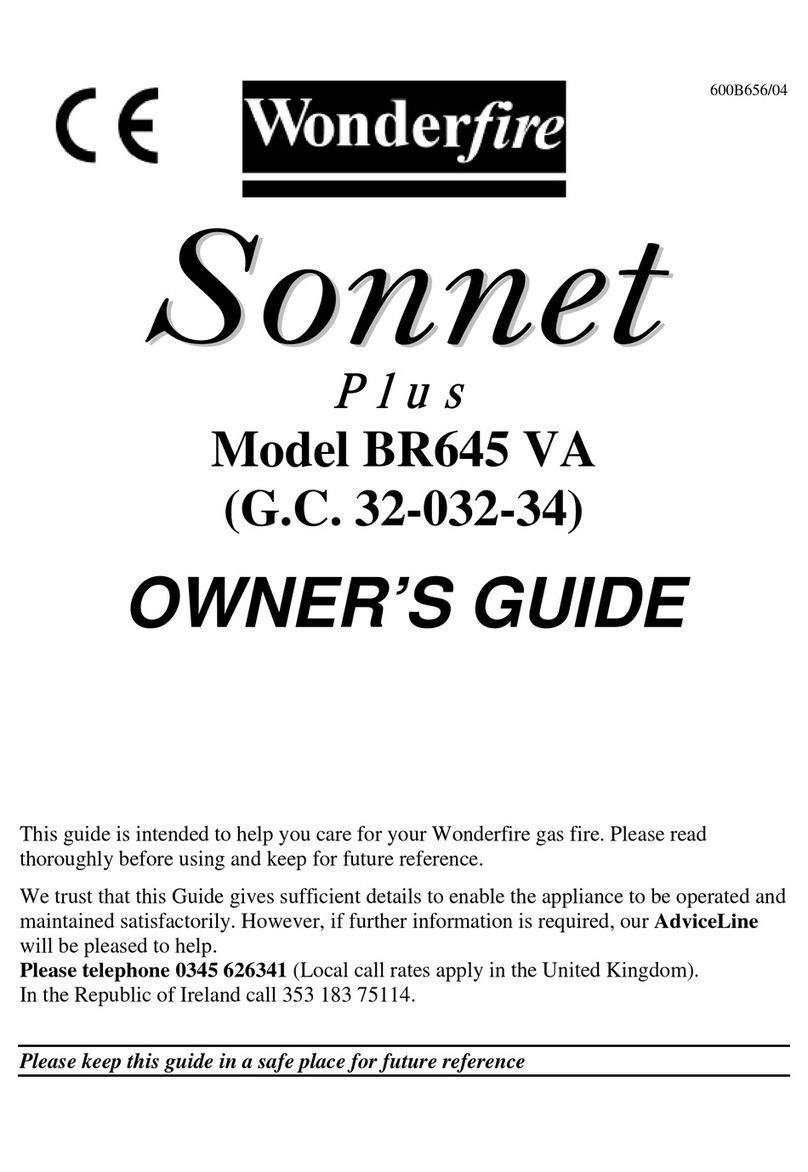Valor genesis BR645VA User manual
Other Valor Gas Fireplace manuals
Popular Gas Fireplace manuals by other brands

Heatilator
Heatilator ION-V7 owner's manual

Enviro
Enviro westport-steel owner's manual

White Mountain Hearth
White Mountain Hearth VFP24FP2(0,1,2,3)L(N,P)-1 Installation instructions and owner's manual

Kinder
Kinder Ceasar User instructions

Heat & Glo
Heat & Glo EVEREST-B owner's manual

Napoleon
Napoleon HDX52NT-1 Installation and operating instructions

HVFL
HVFL 18HVFL Installation and operating instructions

Enviro
Enviro Berkeley-Nova owner's manual

Ekofires
Ekofires eko 5010 Installation and user instructioins

Flavel
Flavel Regent Installation and maintenance instructions

Majestic
Majestic 300DVBLN/PV7 Installation and operating instructions

Vermont Castings
Vermont Castings 33CFDV(N/P)(V/I)SB Installation and operating instructions

kozy heat
kozy heat SPRINGFIELD 36 Installation and operation manual

Wonderfire
Wonderfire sonnet plus br645 VA owner's guide

Bellfires
Bellfires Corner Bell Large 3 CF operating manual

Kinder
Kinder Oasis Installation and maintenance instructions

Heat & Glo
Heat & Glo GEM-36B owner's manual

Heat & Glo
Heat & Glo TIARAP-BK-IPI owner's manual











